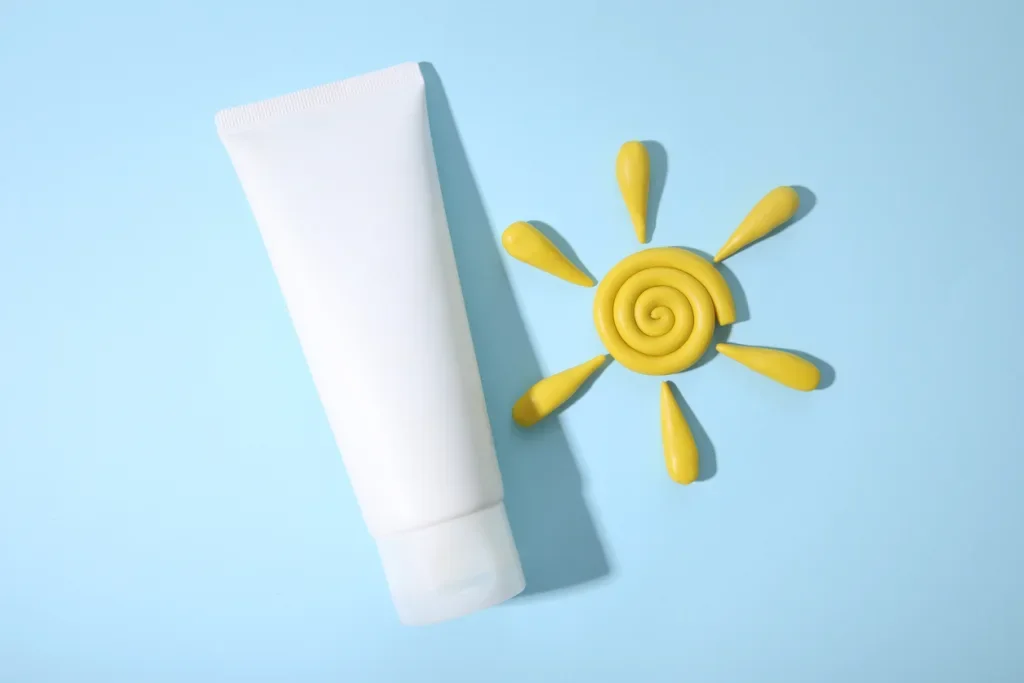With the increasing awareness about the importance of sun protection, mineral sunscreen has emerged as a preferred choice for many. Unlike chemical sunscreens, which absorb UV rays, mineral sunscreens use physical blockers to reflect sunlight away from the skin. This article explores the essential aspects of mineral sunscreen, from its benefits and key ingredients to tips for application and selection. Whether you’re a seasoned sunscreen user or new to the concept of mineral sunscreens, this guide aims to provide valuable insights to help you make informed decisions for your skin health.
Table of Contents:
– What is mineral sunscreen?
– Key ingredients in mineral sunscreen
– Benefits of using mineral sunscreen
– How to choose the right mineral sunscreen
– Tips for applying mineral sunscreen
What is mineral sunscreen?

Mineral sunscreen, also known as physical sunscreen, contains active mineral ingredients, such as zinc oxide or titanium dioxide, that sit on the surface of the skin to deflect damaging UV rays. Unlike chemical sunscreens, which absorb into the skin to offer protection, mineral sunscreens provide a physical barrier that shields the skin from the sun. This distinction is crucial for those with sensitive skin or for individuals looking to avoid certain chemicals in their skincare regimen.
Key ingredients in mineral sunscreen

The two primary ingredients found in mineral sunscreens are zinc oxide and titanium dioxide. Zinc oxide is renowned for its ability to protect against both UVA and UVB rays, making it a broad-spectrum option. Titanium dioxide, on the other hand, is effective in guarding against UVB rays. These ingredients are preferred for their stability in sunlight and their lesser likelihood of causing skin irritation compared to chemical UV filters.
Benefits of using mineral sunscreen

Mineral sunscreens offer several benefits, particularly for sensitive skin types. They are less likely to cause irritation or allergic reactions since the active minerals are not absorbed into the skin. Additionally, mineral sunscreens provide immediate protection upon application, unlike chemical sunscreens, which require about 20 minutes to become effective. Furthermore, they are considered safer for marine life, making them an eco-friendly option for those concerned about the environmental impact of their skincare products.
How to choose the right mineral sunscreen

Selecting the right mineral sunscreen involves considering several factors, including SPF rating, broad-spectrum protection, and formulation. Look for products that offer an SPF of 30 or higher and broad-spectrum coverage to ensure protection against both UVA and UVB rays. The choice between tinted and non-tinted formulations can also be significant, as tinted versions can help offset the white cast that mineral sunscreens sometimes leave behind.
Tips for applying mineral sunscreen

Applying mineral sunscreen effectively requires a bit more attention to detail than with chemical sunscreens. Start with a clean, moisturized face to ensure smooth application. Use about a teaspoon of sunscreen for the face and neck, applying it in small dots and spreading it evenly across the skin. Reapplication every two hours, especially after swimming or sweating, is crucial for maintaining protection throughout the day.
Conclusion:
Mineral sunscreen offers a safe and effective way to protect your skin from the sun’s harmful rays. By understanding its benefits, key ingredients, and the factors to consider when choosing a product, you can make an informed decision that aligns with your skin’s needs and your environmental values. Remember, the right sunscreen is the one you’ll use consistently, so finding a mineral sunscreen that fits seamlessly into your skincare routine is essential for long-term sun protection.




